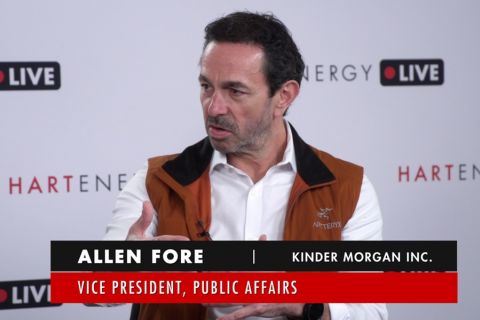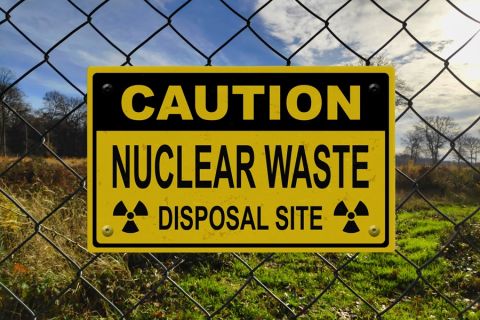Credit Suisse set new targets on March 10 to nearly halve its exposure to the financing of emissions from oil, gas and coal between 2020 and 2030.
Switzerland’s second-biggest bank reduced its exposure to emissions it financed in the oil, gas and coal sector by 41% between 2020 and 2021, preliminary estimates in its sustainability report showed on March 10, when it had some $2.6 billion in loans outstanding to such clients.
The report marks the first time the bank detailed its exposure to financing emissions from the fossil fuel sector, which it estimated at 21.9 million tonnes of CO₂ equivalent for 2021.
Financed emissions are greenhouse gas emissions associated with a financial institutions' loans and investment.
Credit Suisse began adjusting its policies on coal following pressure from environmental groups in late 2019, and in 2020 halted lending to companies which make more than 25% of their revenue from thermal coal mining or coal power.
Those restrictions were stepped up further in late 2021, when it decided to exclude any new clients generating more than 5% of revenues from coal activities or seeking to develop new coal projects.
But investors and climate activists have repeatedly asked the bank to do more, with investors managing $2.4 trillion calling on Credit Suisse this week to take tougher climate action, including cutting its exposure to fossil fuel assets.
The group, which includes Europe’s biggest asset manager Amundi and a host of Swiss pension funds, said it plans to submit a resolution to Credit Suisse's annual general meeting on April 29.
In its sustainability reported—published as the bank detailed a 2021 pay cut for executives—Credit Suisse said it had reduced its potential exposure to coal mining companies by 39% to $640 million at end-2021, while reducing its potential lending exposure to oil and gas companies by 25% from 2020 to $9.8 billion.
The bank also said 2021 figures remained preliminary estimates, calculated using year-end lending exposure paired with client data on emissions and financials from the year before.
It expects to set further sector-specific goals by the end of 2022, it said.
Recommended Reading
US Asks Venture Global LNG to Justify Filing of Confidential Documents
2024-03-13 - The FERC request comes days after Venture Global LNG customers had challenged the company's request for a one-year extension of its startup and urged the regulator to make Venture Global release the confidential commissioning documents.
Kinder Morgan Exec: Building Pipelines ‘Challenging, but Manageable’
2024-04-05 - Allen Fore, vice president of public affairs for Kinder Morgan, said building anything, from a new road to an ice cream shop, can be tough but dealing with stakeholders up front can move projects along.
FERC Again Approves TC Energy Pipeline Expansion in Northwest US
2024-04-19 - The Federal Energy Regulatory Commission shot down opposition by environmental groups and states to stay TC Energy’s $75 million project.
Laredo Oil Settles Lawsuit with A&S Minerals, Erehwon
2024-03-12 - Laredo Oil said a confidential settlement agreement resolves a title dispute with Erehwon Oil & Gas LLC and A&S Minerals Development Co. LLC regarding mineral rights in Valley County, Montana.
BWX Technologies Awarded $45B Contract to Manage Radioactive Cleanup
2024-03-05 - The U.S. Department of Energy’s Office of Environmental Management awarded nuclear technologies company BWX Technologies Inc. a contract worth up to $45 billion for environmental management at the Hanford Site.




